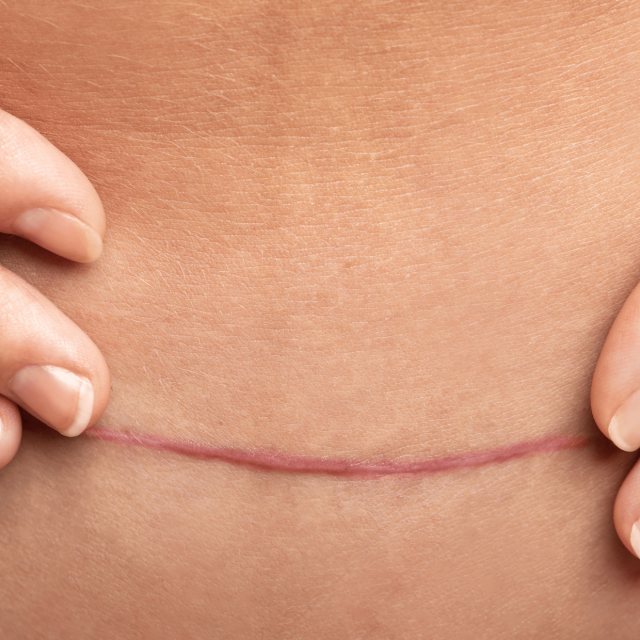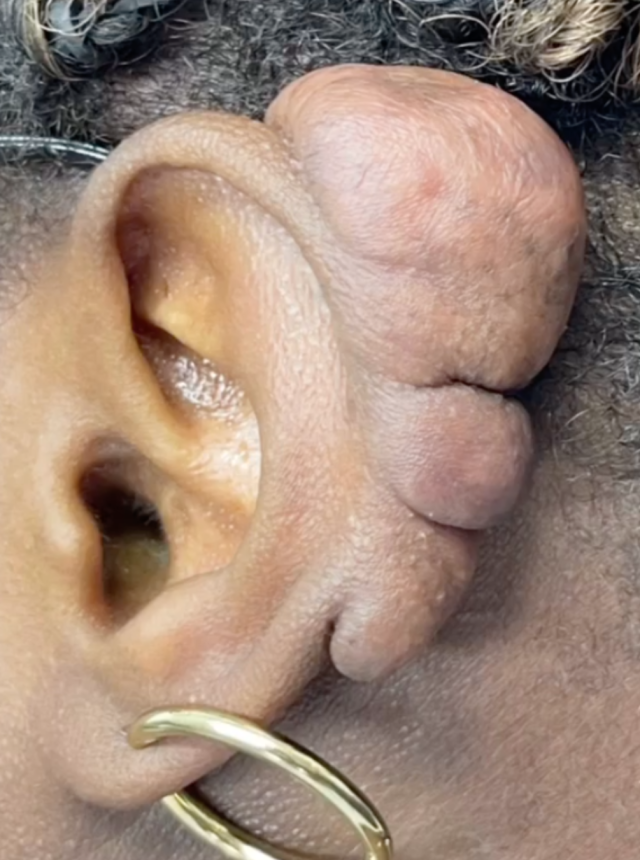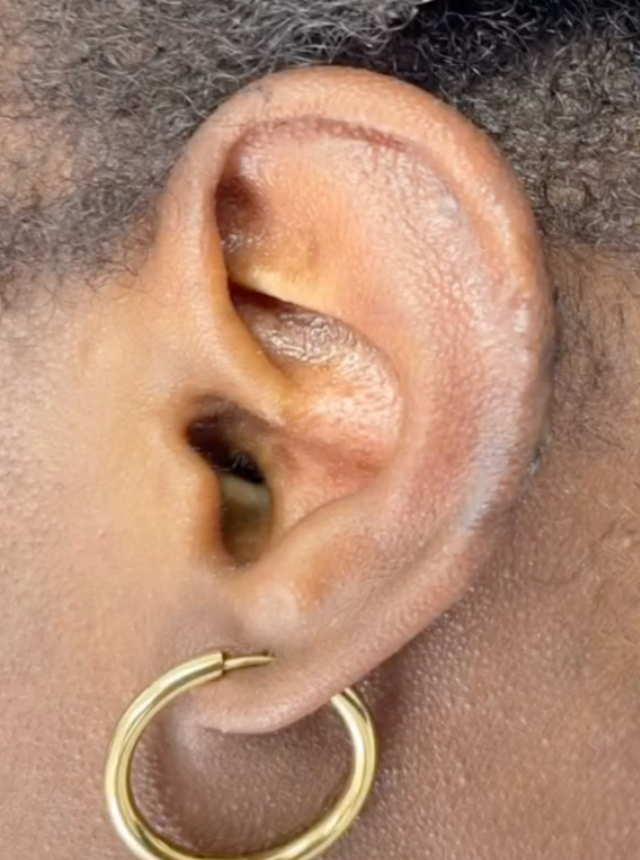
Scar revision offers effective solutions to reduce scar prominence and improve skin texture through Surgery or non-surgical options like Sylfirm X, dermal fillers, and chemical peels. These treatments help blend scars with the surrounding skin, aiming for the best possible cosmetic result.



Scar revision is a specialised treatment designed to improve the appearance of scars, making them less noticeable and more in harmony with the surrounding skin. Whether caused by injury, surgery, or other factors, scars can be a source of discomfort or leave you feeling self-conscious. Scar revision aims to minimise the visibility of these marks, enhancing both the appearance and texture of the skin.
Discolouration and Surface Irregularities: These scars, including acne scars and minor injury scars, may cause cosmetic concerns but don’t typically impair function. Treatments like Sylfirm X, dermal fillers, and chemical peels can improve their appearance by smoothing skin texture and evening out skin tone.
Hypertrophic Scars: These thickened, raised scars develop directly at the wound site and may become wider over time. They can be red, uncomfortable, and either hyperpigmented (darker) or hypopigmented (lighter). Treatment options include steroid injections and silicone strips to reduce their prominence.
Keloids: Keloids are firm, lumpy scars that grow beyond the original wound site. They can be itchy, painful, and are more common in areas with less fatty tissue, such as the face, neck, and chest. Treatments may involve steroid injections, surgical revision, or laser therapy to flatten and reduce the scar’s size.
Contractures: These scars occur when large areas of skin and underlying tissue pull together during healing, often after burns. Contractures can restrict movement, particularly if they cross joints, affecting areas like the fingers, elbows, and neck. Surgical techniques may be required to release the tension and restore movement.
Discolouration and Surface Irregularities: These scars, including acne scars and minor injury scars, may cause cosmetic concerns but don’t typically impair function. Treatments like Sylfirm X, dermal fillers, and chemical peels can improve their appearance by smoothing skin texture and evening out skin tone.
Hypertrophic Scars: These thickened, raised scars develop directly at the wound site and may become wider over time. They can be red, uncomfortable, and either hyperpigmented (darker) or hypopigmented (lighter). Treatment options include steroid injections and silicone strips to reduce their prominence.
Keloids: Keloids are firm, lumpy scars that grow beyond the original wound site. They can be itchy, painful, and are more common in areas with less fatty tissue, such as the face, neck, and chest. Treatments may involve steroid injections, surgical revision, or laser therapy to flatten and reduce the scar’s size.
Contractures: These scars occur when large areas of skin and underlying tissue pull together during healing, often after burns. Contractures can restrict movement, particularly if they cross joints, affecting areas like the fingers, elbows, and neck. Surgical techniques may be required to release the tension and restore movement.
Ointments, silicone strips, and massage techniques can reduce the firmness and smooth the appearance of early-stage scars.
Although scar revision can greatly improve the look of a scar, it’s important to note that complete erasure is not possible. The goal is to achieve the best possible cosmetic result and improve skin function where necessary.
Results from scar revision treatments can vary depending on the method used. Non-surgical treatments may show improvements within weeks, while surgical revisions may take several months for the final results to be visible as the scar heals and fades.
Raised scars, such as hypertrophic scars or keloids, may respond well to steroid injections, silicone strips, or surgical removal. Your surgeon will recommend the most effective treatment based on the scar type.
Most scar revision procedures are performed with local anaesthesia, making them relatively pain-free. Post-treatment discomfort is typically mild and can be managed with over-the-counter pain relief.
The number of treatments required depends on the scar's size, type, and severity. Some scars may need multiple sessions of non-surgical treatments, while surgical revision may require follow-up procedures to achieve the desired result.